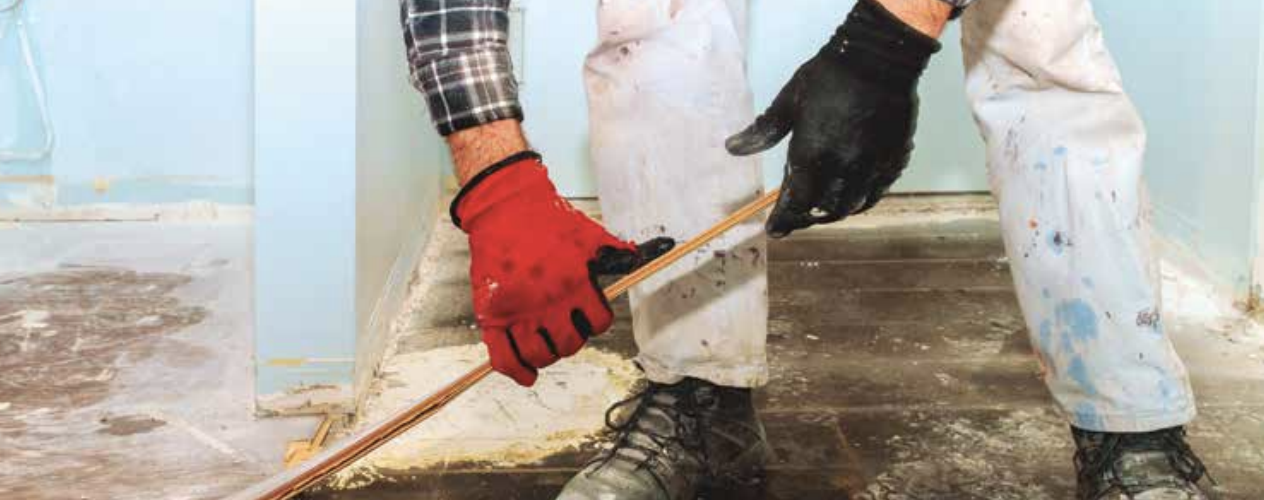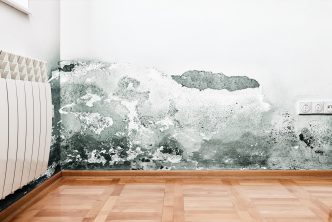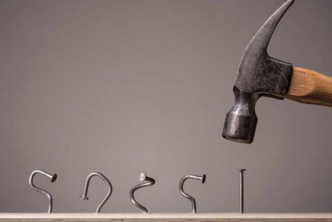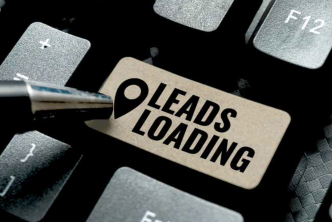by Isaac Peck, Editor
Restoration contractors and remediators have had a long and difficult road when it comes to getting proper insurance coverage. In a recent policy audit conducted by OREP’s underwriting partner, ARMR, over 1,000 restoration firms had their insurance policies examined and 60% were found to be improperly covered.
And when I say improperly covered, I mean that there is likely a LARGE coverage gap wherein you do not have insurance coverage for a significant part of your operations.
Given what most restoration firms are paying for their insurance, this can be shocking to hear!
So, let’s dive into some of the most common coverage gaps that restoration and remediation firms are unaware of:
1. Category 3 Water Exclusions This is a big one. If you work in any way with water loss, do work with water cleanup or repair water damage—chances are very good you have Cat 3 water exposure. What exactly is Cat 3 water?
The IICRC defines Cat 3 water as follows: Category 3 water is grossly contaminated and can contain pathogenic, toxigenic or other harmful agents and can cause significant adverse reactions to humans if contacted or consumed. Examples of Category 3 water can include, but are not limited to: sewage, waste line backflows that originate from beyond any trap regardless of visible content or color, all forms of flooding from seawater, rising water from rivers or streams, and other contaminated water entering or affecting the indoor environment, such as wind-driven rain from hurricanes, tropical storms, or other weather-related events. Category 3 water can carry trace levels of regulated or hazardous materials (e.g., pesticides, or toxic organic substances).
However, the issue is that any water that is sitting stagnant for any significant period of time will become Cat 3 water. Furthermore, if there is even a minute amount of Cat 3 water present, the entire job can be excluded on an insured’s policy.
The problem for restoration firms is that Cat 3 water is excluded in the vast majority of policies that are available to them in the marketplace.
Most general liability policies sold to restoration and remediation firms have a bacteria exclusion that necessarily includes Cat 3 water (because of the bacteria in Cat 3 water). So even a drop of Cat 3 water means an entire job can be excluded under a normal General Liability policy.
2. Mold Exclusions
Of course, there’s a mold exclusion on your General Liability policy. That’s why you’re carrying a second policy to cover you for mold. That means you’re OK, right?
Not quite. Even if we set aside the fact that having two separate policies creates a scenario where neither insurance company wants to pay the claim, there’s another problem that arises when you’re carrying two policies. This is especially true when you have a general liability policy and a separate mold policy—a large coverage gap exists between them.
Here’s an example: Let’s say you or one of your employees responds to a mold cleanup job and arrives on the job site. Your employee accidentally turns the stove on (just bear with me) and sets the house on fire. That’s clearly Property Damage that should be covered under your General Liability policy, right? The problem is that the General Liability policy specifically excludes mold and work that you do surrounding mold. In other words, since you were responding to a mold cleanup job, that job and everything related to it is excluded under your General Liability policy.
What about your mold policy—will it cover you in this scenario? No, because your mold policy doesn’t cover you for traditional general liability claims. It only covers you for the “release, escape or dispersal of mold and mold spores.”
The result: Sorry, you’re not covered.
You’ve spent thousands of dollars purchasing two separate insurance policies only to find that neither one of them covers you in this scenario.
What to Do
The coverage scenarios above are just two of the most common coverage problems that restoration and remediation firms face. So, what can you do to make sure you’re covered properly?
First, get expert help. There are over 1.2 million licensed insurance agents in the United States, but very few of them have expertise with environmental policies and even fewer know about how to procure coverage for restoration and remediation professionals.
The sad fact is that most insurance agents don’t have experience, training, know-how, or even access to the insurance markets that restoration professionals need to be properly covered.
However, OREP is making single-solution insurance policies much easier for restoration and remediation professionals to get access to. With an online application that takes only five minutes, restoration firms can get a quote that will ensure they are properly covered for mold, Cat 3 water and more.
Visit OREP.org/RR to get a quote today and learn more about OREP’s comprehensive insurance solutions for restoration professionals.





